A diastema is a space between teeth. Diastemas do not cause harm, and can be seen in both adults and children. For children the gap is usually closed when permanent teeth start coming through.
Diastema refers to a space between the teeth which is greater than 0.5 millimeters. It may develop between any tooth. Treatment is usually not necessary due to medical reasons. However, if someone is unhappy with their diastema’s appearance there is a way to reduce or close the gap.
The article below will look at how diastemas are caused, and discuss their treatment.
What Are Gapped Teeth?
Gapped teeth are gaps between teeth which can be seen anywhere in your mouth. They are typically evident between two front teeth on the upper side. Both children and adults may have an impact on this dental health issue however, the latter may not have gaps after their permanent teeth appear.
If you have gaps in your teeth and you are unhappy about how they affect your appearance, you could undergo treatment to reduce the size of the gap, or reduce the gap entirely.
Symptoms of Diastema:
There’s only one symptom of diastema: a gap between your teeth. When your tooth and gums are well-maintained, you will not notice any other indications. If gum disease created gaps between your teeth, then you could feel pain, redness, swelling, or other signs of gum disease.
Diastema Causes:
The gap in teeth is caused by the genetics of your teeth as well that of the shape and size of your jaw as well as uneven teeth, allowing the teeth with enough space. But, the front gap teeth in children are caused by certain habits of childhood, such as chewing on your fingers or sucking pacifiers.
Frenum problems can also lead to tooth gaps. The maxillary labial frenum is a bone that joins the sides of the two upper front teeth. The tissue is positioned between the front teeth in order to stop the teeth from closing when they get bigger. We will look at the reasons behind gaps in the teeth.
1. Tooth Decay:
Tooth decay is caused by dental health issues. The teeth that form gaps are expanded by crumbs that get stuck within the tooth. Regular brushing and flossing can reduce the risk of this happening, but it isn’t always 100.
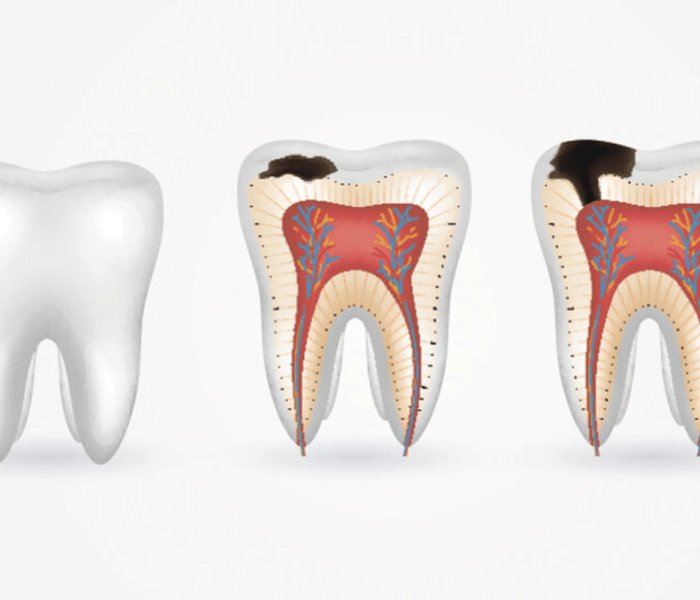

2. Digestion Issues:
Food begins to be digested in the mouth while you chew. Your stomach requires food that is well-chewed to ensure a smooth digestion. The gap is where food particles are deposited in your teeth.
3. Aligners:
Invisalign may also result in the gap of a tooth. While it’s a great way to ensure that your teeth are properly formed, removing and fixing the device can cause tooth gaps.
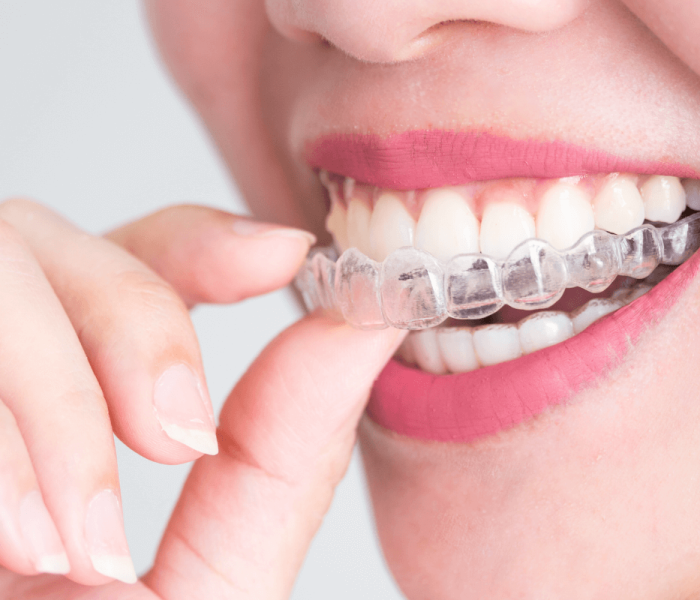
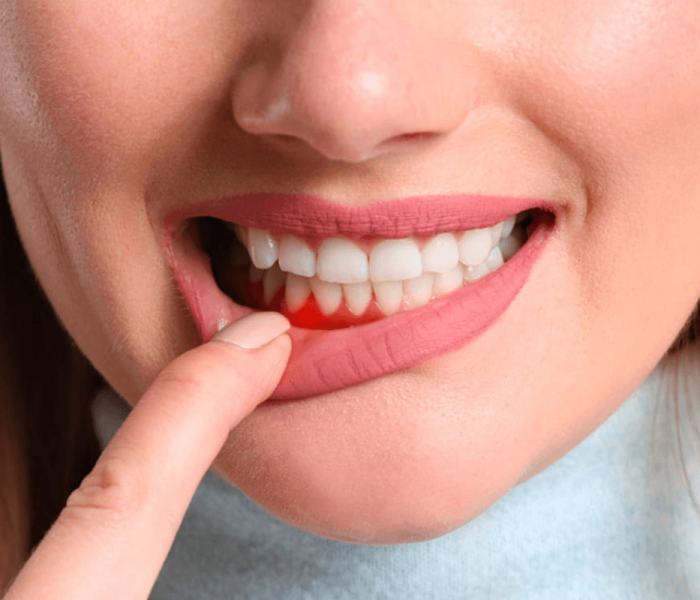
4. Gum Disease:
Gum disease is caused due to poor oral health that can later affect the entire body. Gum disease is caused by bacteria called periodontitis. It often leads to respiratory or heart problems. Gum diseases can cause gaping teeth because they begin to rot as they age.
Gap tooth is a myth that is very charming and demonstrates a high degree of intelligence. It also reveals artistic talents. Gap teeth are not clinically proven to have any basis to explain why.
Treatment For Gaps In Teeth:
Gapped teeth can be treated if they prevent damage or boost confidence in oneself. Most of the time, these gaps can be ignored if the gaps aren’t a problem or cause problems. Discuss the issue with your oral health specialist who will help you identify any issues and recommend solutions.
You might be referred to an orthodontist, who is a dentist who has completed additional research to specialize in the prevention, diagnosis and treatment of dental problems. the jaws and the alignment of teeth.
In more difficult cases, you could be referred to the prosthodontist. This is a dentist who has additional education in the restoration of teeth, or an oral maxillofacial surgeon who has been skilled in the surgical treatment of jaw, teeth, bone and the face. Treatment options could consist of:
1. Composite Fillings:
Tooth-coloured material that is commonly used to fill cavities that can be bonded onto the tooth using an adhesive.
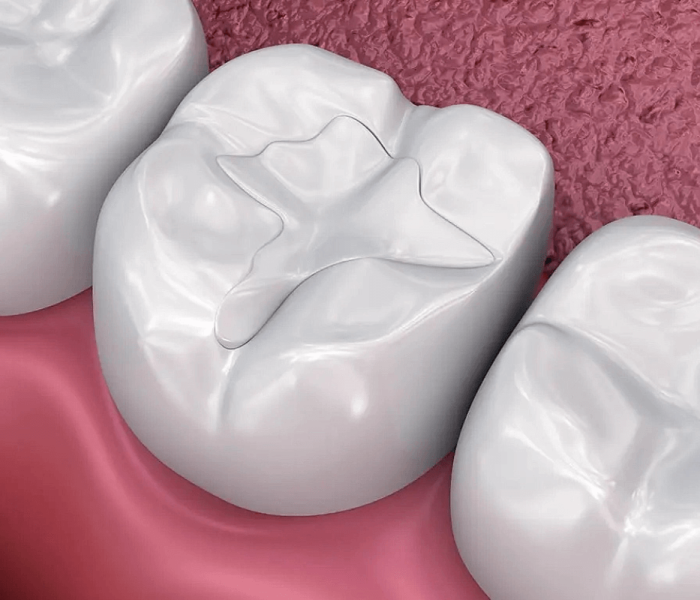
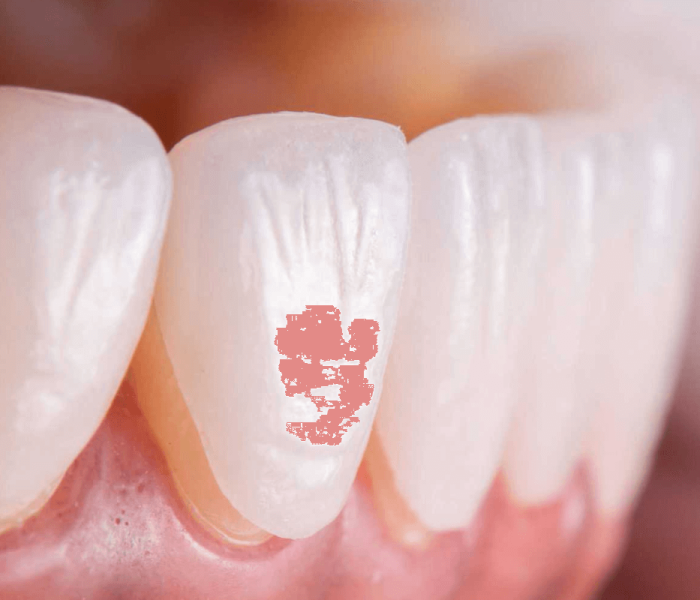
2. Veneers:
In lieu of braces, dentists are able to install veneers or dental bonding. These choices may be particularly beneficial if the diastema results from having teeth that are smaller.
Dental bonding involves applying the resin to the surface of teeth and then forming the resin using a light source. Installing veneers requires securing small, customized pieces of porcelain on the tooth’s surface.
3. Crowns:
A kind of tooth cover made of either metal or porcelain which is used to protect, cover and restore the appearance and function of your teeth.
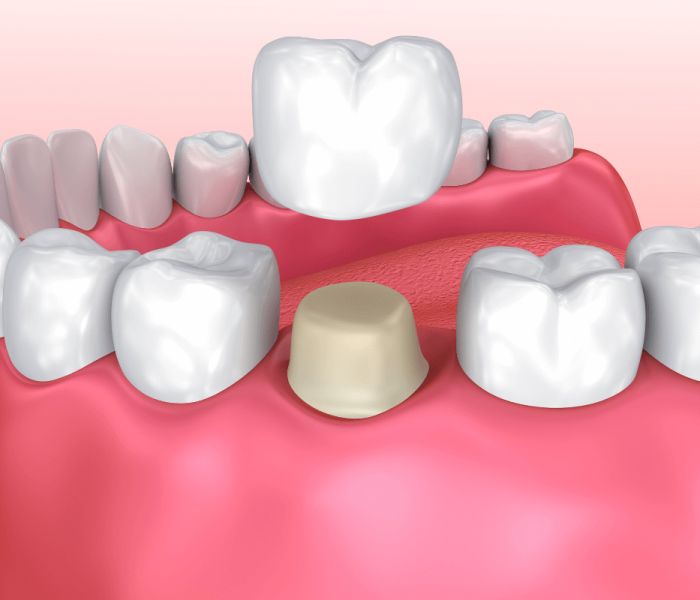
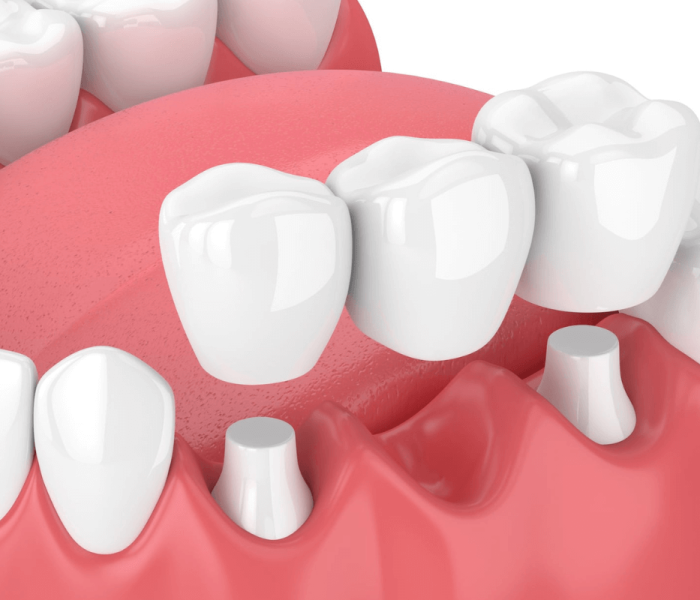
4. Bridges:
A long-lasting dental restoration that connects several artificial teeth and crowns to restore the missing teeth of one or more:
- Implants are a screw made of metal that is put in the jaw bone in order to hold a dental crown bridge or denture.
- Removable device - like plates. This allows you to move your teeth closer to each other.
- Fixed appliances like braces - Braces are fixed to front teeth, and wires and rubber bands are used to bring the teeth closer.
- Clear aligners are also referred to as invisible braces. Clear aligners consist of transparent pieces of custom-molded plastic that are placed over teeth and gradually move them.
- Frenectom is a procedure to eliminate the fraenum, which is responsible for the gap. It is typically performed before closing the gap through orthodontic treatment.
5. Oral Surgery:
If a diastema develops due to an excessive labial frenum, dentists may suggest the frenectomy procedure to eliminate excessive tissue. Older youngsters and even adults might need braces or another procedure to make the space. For younger children the gap could be closed by itself.

Prevention:
It is impossible to eliminate all instances of diastema. But, if gum disease or bad habits are the reason it’s beneficial to keep up proper dental hygiene by:
- Brushing your teeth twice a day
- flossing daily
- going to the dentist for routine exams and cleanings
- Stopping thumb sucking and helping children to break the habit
- Correction of swallowing reflexes that aren't correct
Prognosis:
What should I expect in the event of diastema?
If the cause is not an infection, there’s nothing to be concerned about. It’s not likely to have an adverse impact on the health of your mouth. Many people have taken gaps between teeth in their lives as a distinctive feature of beauty. If you’d prefer closing gaps between your teeth there’s a wide range of options to help you meet your aesthetic goals.
Does diastema grow as you get older?
In a healthy mouth diastema should not increase as you advance. If you find that the gap between your teeth is getting larger, consult your dentist. It may be a result of gum disease.
Living With:
When should I visit my dentist?
If you’re concerned about that gap in your smile, make an appointment at your doctor. They’ll be able to discuss your options for treatment in depth. In general, make certain to visit your dentist at minimum every six months to get regular dental cleanings and exams.
Final Thoughts:
A diastema is the gap between teeth. Many factors can cause a diastema, ranging such as gum inflammation to the relationship of size of teeth in relation to the size of jawbone. A dentist can pinpoint the root reason. In many instances the treatment is not required. Certain people opt to get treatment despite this, due to reasons of aesthetics.
There are a variety of methods for treating diastemas and the effects are generally permanent.
Frequently Asked Questions
A tiny gap between teeth makes a smile unique and likable. Some find them attractive while others are embarrassed of the gap. If a complete tooth is missing, or there are a few tiny gaps between teeth, many adults consider it extremely uncomfortable.
Dental bonding is a great solution for small gaps between teeth and addressing aesthetic concerns. The dentist will clean the surface of the teeth and then apply an adhesive that has a tooth-colored hue. A tooth-colored, composite material is used to fill in the gap between teeth on the front.
In reality, more than 50% of kids younger than 6 years of age will have a diastema between their front teeth. The gap is usually closed in its own time when your child turns eighteen or nine. However, in the event that the gap isn’t closing in its own accord after the adult incisors and canines have been erupted, the child may require help closing the gap.
Parents can determine the signs of crowding by looking for teeth that are twisted or teeth that are overlapping, as well as the appearance of high “fang” teeth.










